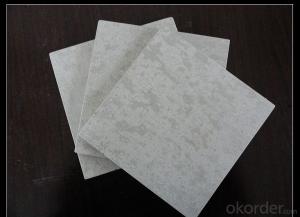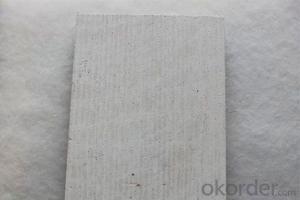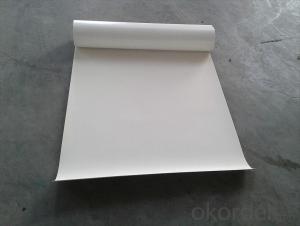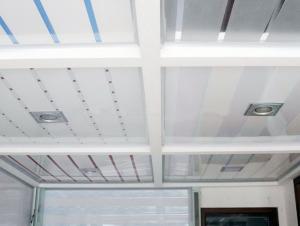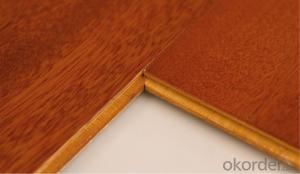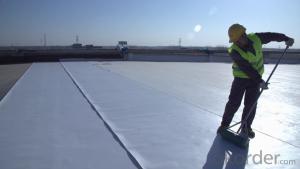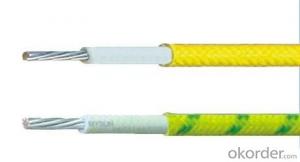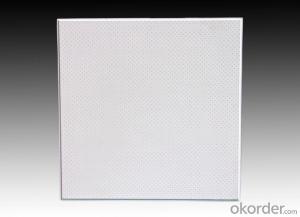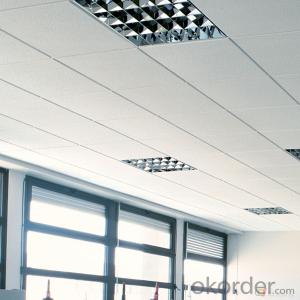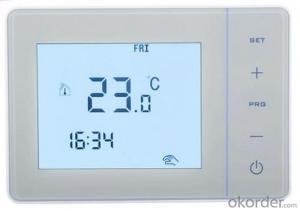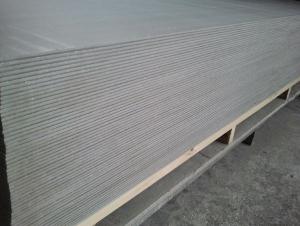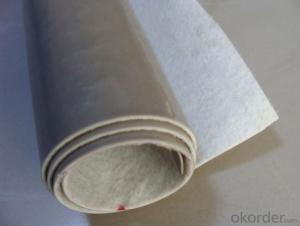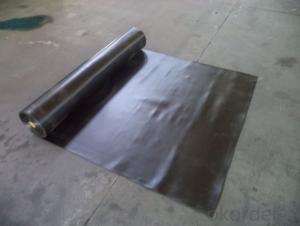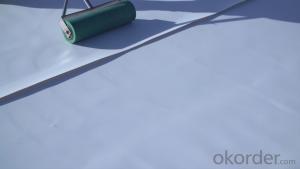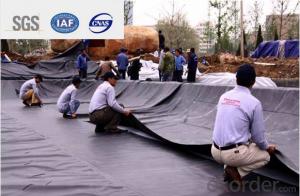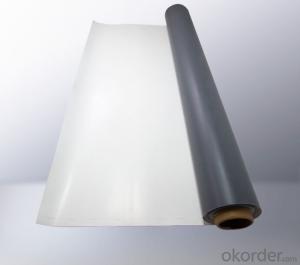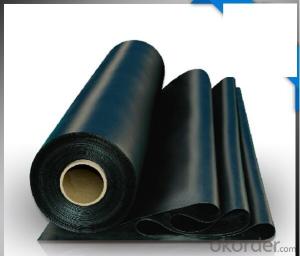Waterproof Membrane For Decks
Waterproof Membrane For Decks Related Searches
Clay Tiles For Roof Stainless Steel Peg Board Stainless Steel Tiles Drop In Ceiling Tiles 2X4 Led Digital Display Board Led Message Display Board Scrolling Led Message Board Pvc Skirting Board Covers 4 Inch Foam Insulation Board 3 Foam Board InsulationHot Searches
Steel Mesh Panels For Sale Price For Stainless Steel Scrap Scrap Price For Stainless Steel Price For Stainless Steel Stainless Steel Plate For Sale Stainless Steel Tank For Sale Stainless Steel Sheets For Sale Cheap High Tea Sets For Sale Stainless Steel Tanks For Sale Stainless Steel For Sale High Density Fiberboard For Sale Solar Hot Water Collectors For Sale Scaffolding For Sale In Uae Scaffolding For Sale In Ireland Scaffolding For Sale In Houston Type Of Inverter For Solar Price Of Shipping Containers For Sale Types Of Inverter For Solar Stock Price For Aluminum Used Foam Board Insulation For SaleWaterproof Membrane For Decks Supplier & Manufacturer from China
Okorder.com is a professional Waterproof Membrane For Decks supplier & manufacturer, offers integrated one-stop services including real-time quoting and online cargo tracking. We are funded by CNBM Group, a Fortune 500 enterprise and the largest Waterproof Membrane For Decks firm in China.Hot Products
FAQ
- Although a homeowner can technically install a waterproofing membrane, it is strongly advised to enlist the services of a professional. Several factors must be taken into consideration, making professional installation the superior choice. To begin with, proper installation of waterproofing membranes necessitates specific knowledge and expertise. Professionals are trained in the correct techniques and possess experience working with various membrane types. They understand the intricacies of the process, including surface preparation, membrane application, and sealing. This expertise guarantees correct installation and effective waterproofing. Furthermore, professionals have access to top-quality materials and tools that homeowners may not readily have access to. They possess knowledge of which membrane type is appropriate for various applications and can recommend the best product based on individual needs. Additionally, professionals have access to specialized equipment, enabling more efficient and effective installation. In addition, professional installation offers the advantage of warranties and guarantees. Reputable waterproofing companies typically provide warranties for their services, providing homeowners with peace of mind. They can trust that any issues that arise will be addressed and resolved by the professionals. Lastly, waterproofing is essential for safeguarding homes against water damage and maintaining structural integrity. Improper installation or a faulty membrane can lead to water leaks, mold growth, and expensive repairs. By hiring a professional, homeowners can be confident that the waterproofing membrane will be installed correctly, reducing the risk of future problems. In conclusion, while it is possible for homeowners to install waterproofing membranes themselves, the complexities of the process and the advantages of professional installation make it highly recommended to hire a professional for this task. Their expertise, access to quality materials, warranties, and guarantees provide homeowners with the reassurance that the job will be carried out correctly and effectively, ultimately protecting their homes from water damage.
- Indeed, shopping malls or commercial buildings can utilize a waterproofing membrane. In construction, waterproofing membranes serve as a prevalent method to safeguard structures from water-related harm. These membranes possess tailored designs that facilitate the creation of barriers against water infiltration, effectively preventing leaks and the accumulation of moisture. Through the application of a waterproofing membrane to the exterior of a building, the longevity and durability of the structure are safeguarded. Given the considerable surface areas of shopping malls and commercial buildings, which are often exposed to varying weather conditions, they become particularly susceptible to water damage. Consequently, employing a waterproofing membrane emerges as a highly efficient solution to shield these buildings and uphold their structural integrity.
- Yes, bridge decks and roadways can benefit from the use of a waterproofing membrane. This protective layer prevents water infiltration and increases the lifespan of the structure. Given the harsh weather conditions and heavy traffic that bridge decks and roadways face, a waterproofing membrane is essential. Water penetration can cause damage to bridge decks and roadways, including corrosion of steel reinforcements and deterioration of concrete. By applying a waterproofing membrane, a barrier is created to prevent water from seeping into the structural elements. This reduces the risk of corrosion and extends the durability of the bridge or roadway. Additionally, a waterproofing membrane can help prevent the formation of cracks and potholes, which are often caused by the freeze-thaw cycle and water penetration. By keeping the surface of the bridge deck or roadway dry, the membrane maintains its structural integrity and avoids costly repairs or premature replacement. It is important to consider factors such as material selection, installation techniques, and maintenance when using a waterproofing membrane in bridge decks or roadways. The chosen membrane should be compatible with the construction materials, and the installation process must be done correctly to ensure a watertight seal. Regular maintenance and inspections should also be done to identify any issues or damage to the membrane. This allows for timely repairs and ensures its effectiveness over time. Overall, using a waterproofing membrane in bridge decks or roadways is an efficient solution to protect against water damage and extend the lifespan of these critical infrastructure elements.
- Yes, waterproofing membranes can be used on concrete tanks. Waterproofing membranes are commonly used to prevent water penetration and protect concrete structures from water damage. Concrete tanks, like other concrete structures, are susceptible to water infiltration over time, which can lead to deterioration and structural issues. Applying a waterproofing membrane on the concrete surface can effectively prevent water penetration, making the tank more durable and extending its lifespan. There are various types of waterproofing membranes available, such as liquid-applied membranes, sheet membranes, and cementitious coatings, each with its own advantages and suitability for different applications. It is important to choose the right type of waterproofing membrane based on factors like the tank's usage, exposure to water pressure, and environmental conditions. Additionally, proper surface preparation and application techniques are essential for ensuring the effectiveness and longevity of the waterproofing membrane on the concrete tank.
- Indeed, it is possible to utilize a waterproofing membrane on surfaces composed of plastic blocks. These membranes are specifically engineered to serve as a safeguard against moisture, effectively hindering water infiltration. Similar to any other type of surface, plastic blocks are prone to water-related harm if not adequately shielded. By applying a waterproofing membrane, one can successfully seal and safeguard the plastic blocks, thus thwarting water permeation and potential destruction. To achieve optimal outcomes, it is crucial to select a waterproofing membrane that harmonizes with plastic materials and adhere to the manufacturer's application guidelines.
- Yes, a waterproofing membrane can be used on tunnels with water drainage systems. A waterproofing membrane is designed to provide a protective barrier against water penetration and can effectively prevent water leakage into the tunnel. However, it is important to ensure that the waterproofing membrane is compatible with the specific water drainage system in place. The membrane should be installed in such a way that it does not obstruct or interfere with the functioning of the drainage system. Additionally, proper consideration should be given to the design and installation of the drainage system to ensure efficient water management and prevent any potential issues that could compromise the effectiveness of the waterproofing membrane. Overall, with proper planning and installation, a waterproofing membrane can be successfully used in tunnels with water drainage systems to ensure the overall integrity and longevity of the structure.
- What should the attention of the membrane waterproof construction?
- (1) grass-roots coating on the base layer of treatment agent, requiring thin and uniform, generally dry, when the sticky hand can be paving the membrane;

